I am an artist, historian and former politician who loves western boots.
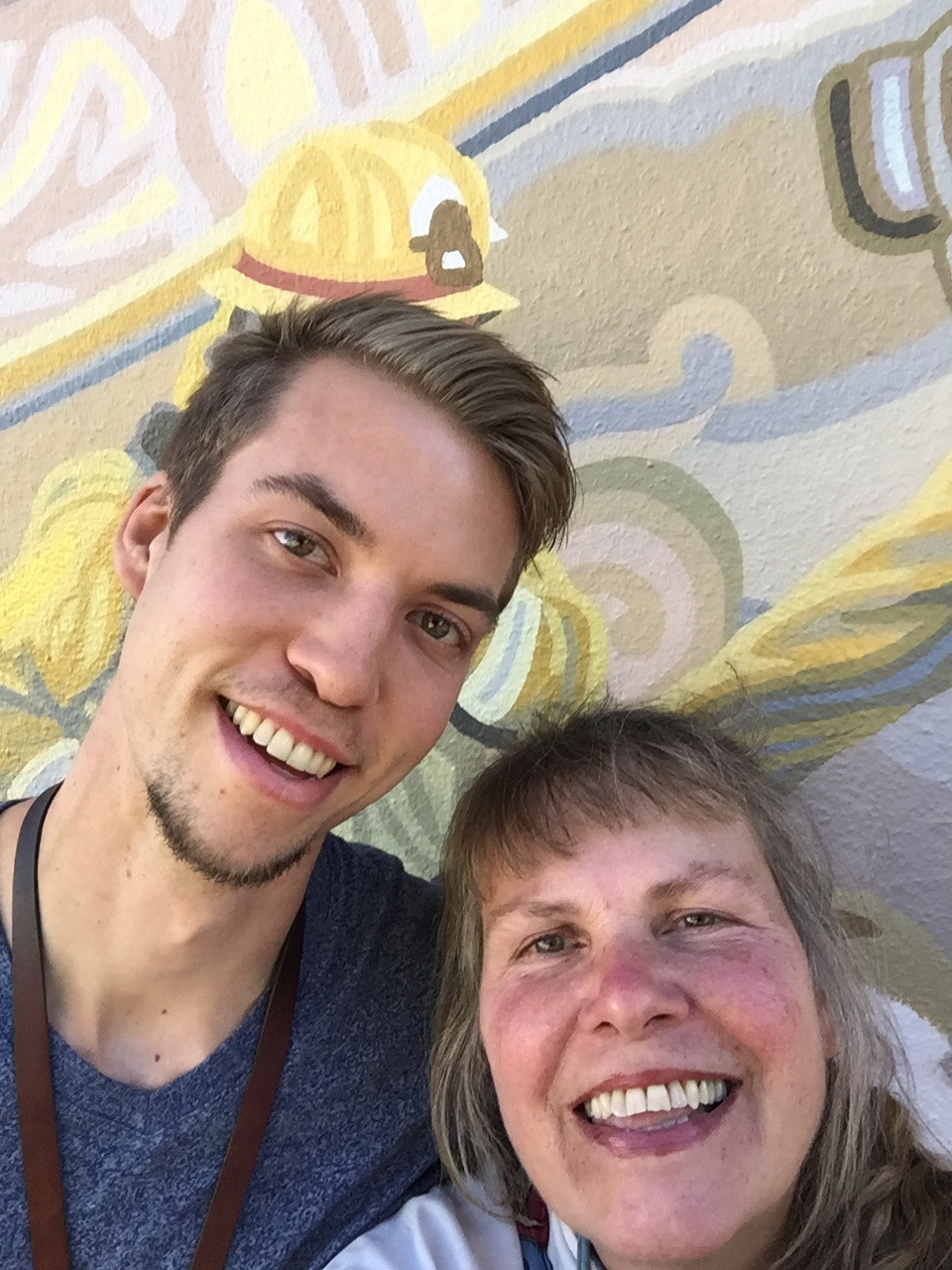

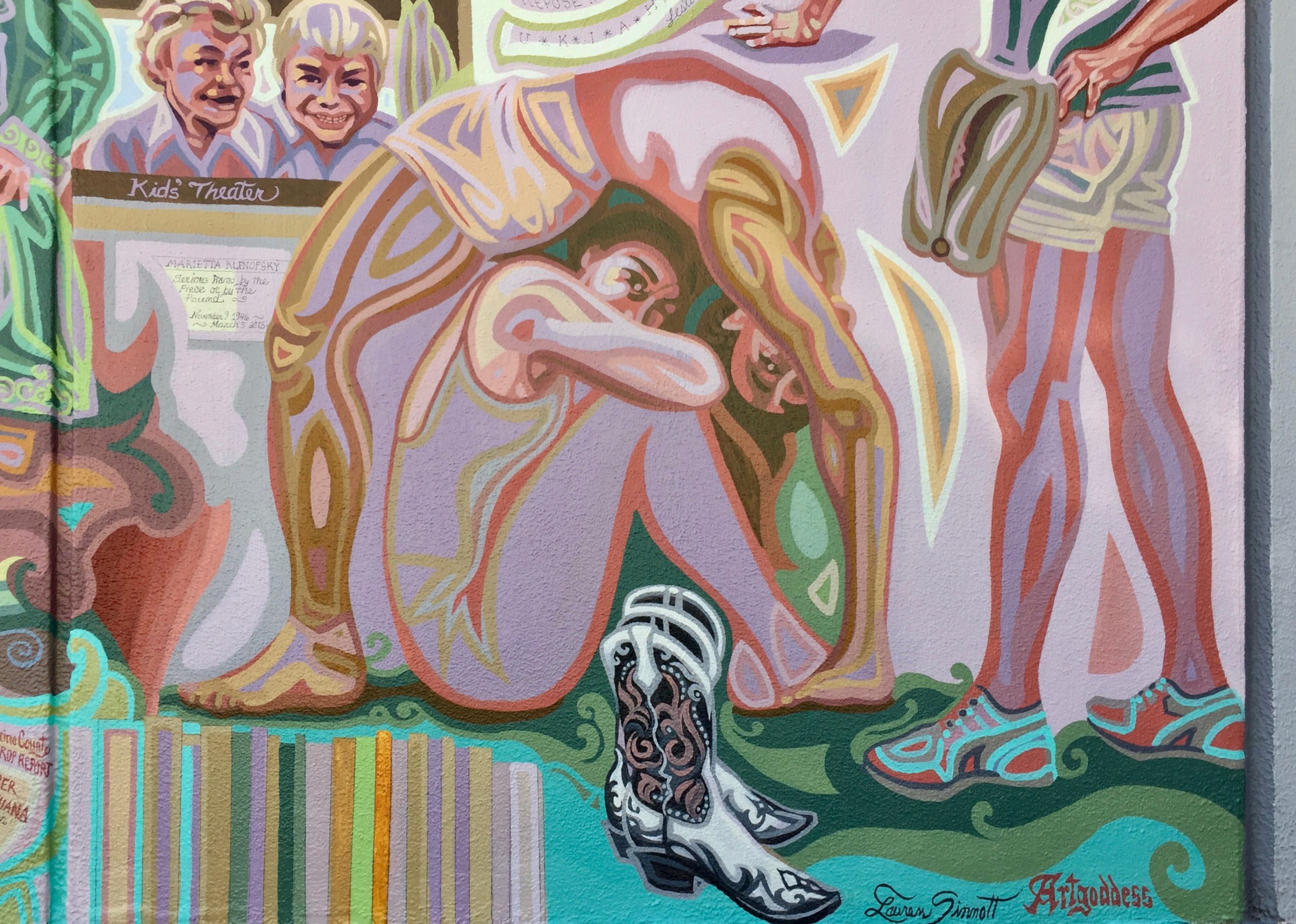
I was raised in a Wisconsin dairy farm town by an artist mother and poet father. My mom supported us on graphic design, and as a toddler I worked at a little table alongside her. Our house was filled with paintings and books. It was the Age of Aquarius and I knew I was supposed to be at Woodstock, but it was impossible. I was ten. I spent my senior year as an AFS exchange student in Belgium, speaking only French and learning to take class notes in perfect outline form. I discovered the art of conversation, four-hundred year old homes and good coffee. It was there that I began to feel the pull of an old culture living still where it had always been.
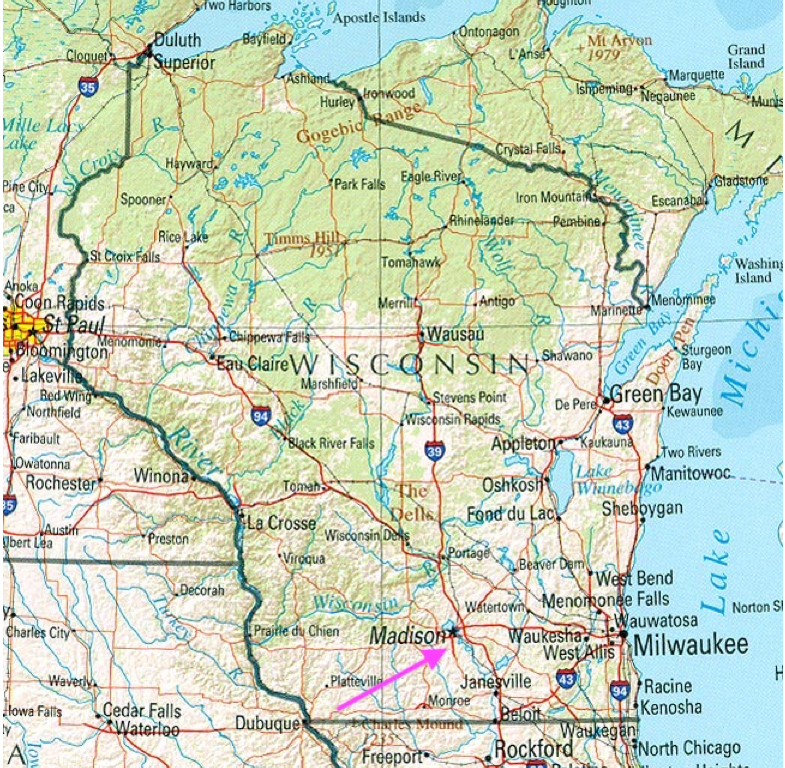
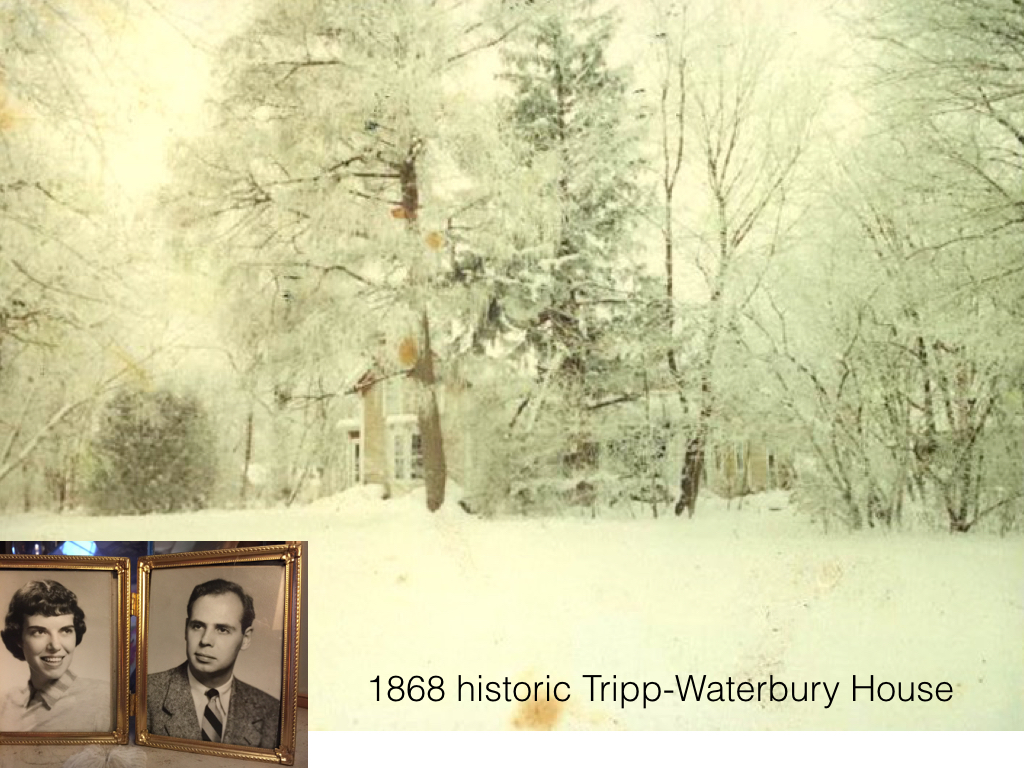
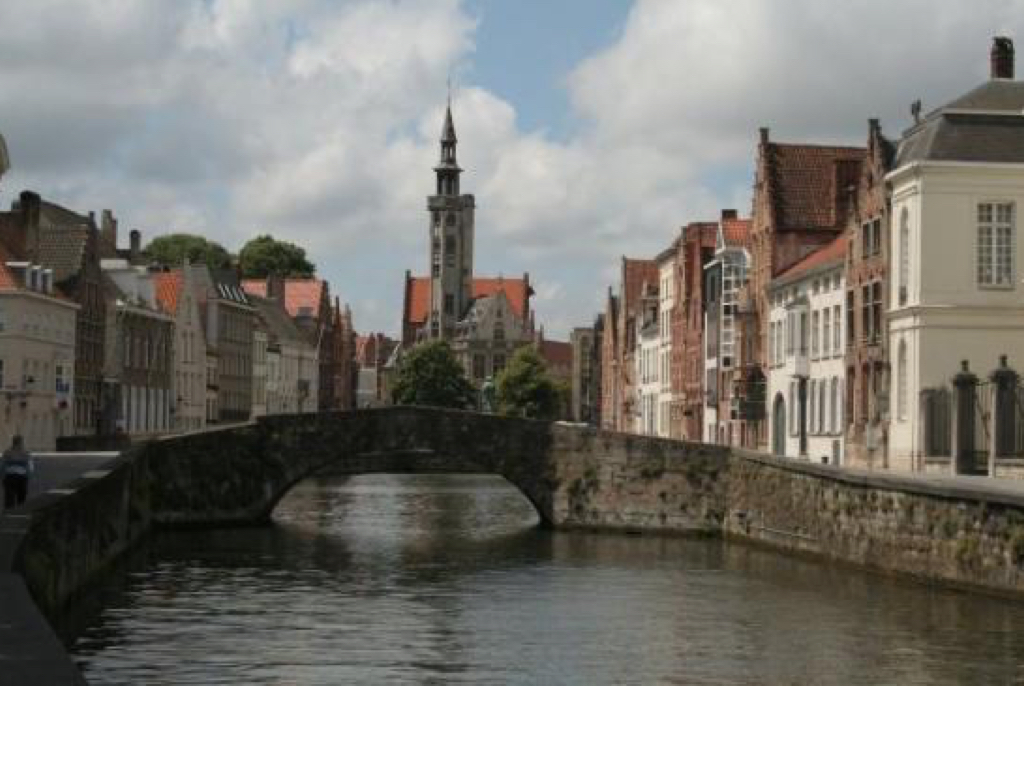
My college choice was one of those forks in life’s path that change everything. I had been accepted at MIT, Stanford and Yale (for which I still yearn) but Rice University was awash in oil money and offered a suitcase of scholarships. I said yes twice that summer, to Rice and to my boyfriend, who listened to Led Zeppelin and had long hair, yet still wanted to get married. My parents correctly thought this was insane, but I was headstrong and sewed my own wedding dress in three days.
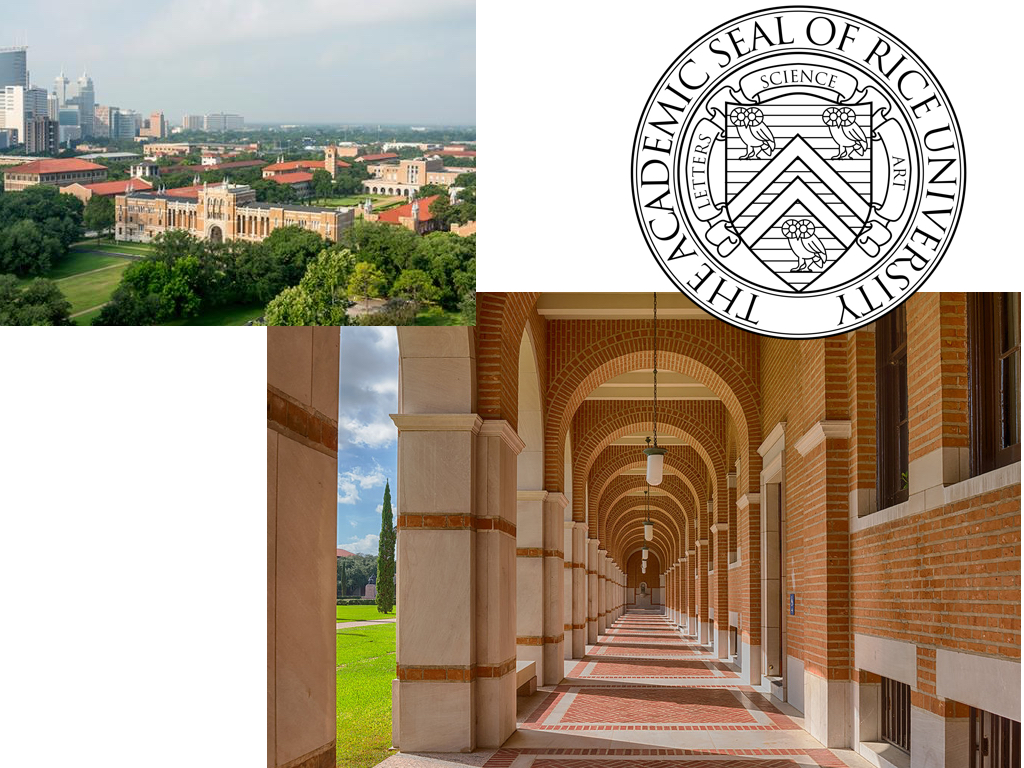
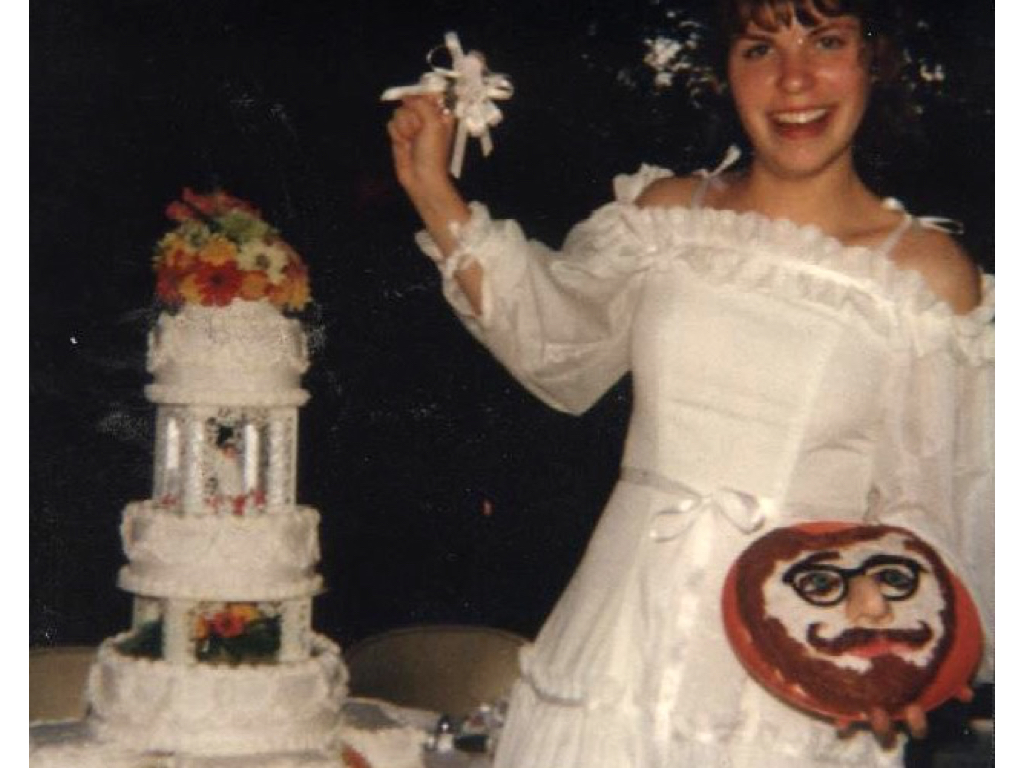
(That “Groom Cake” is my only edible portrait.)
After four years at Rice, I earned a BA in Art and French and a divorce. Over the next five years I completed a Bachelor of Fine Arts in painting and a Master’s in Art History. During graduate study, I encountered a work whose untold story began to open before me, becoming the subject of my thesis, The Double Portrait of Two Men in the Museum of Fine Arts, Houston.
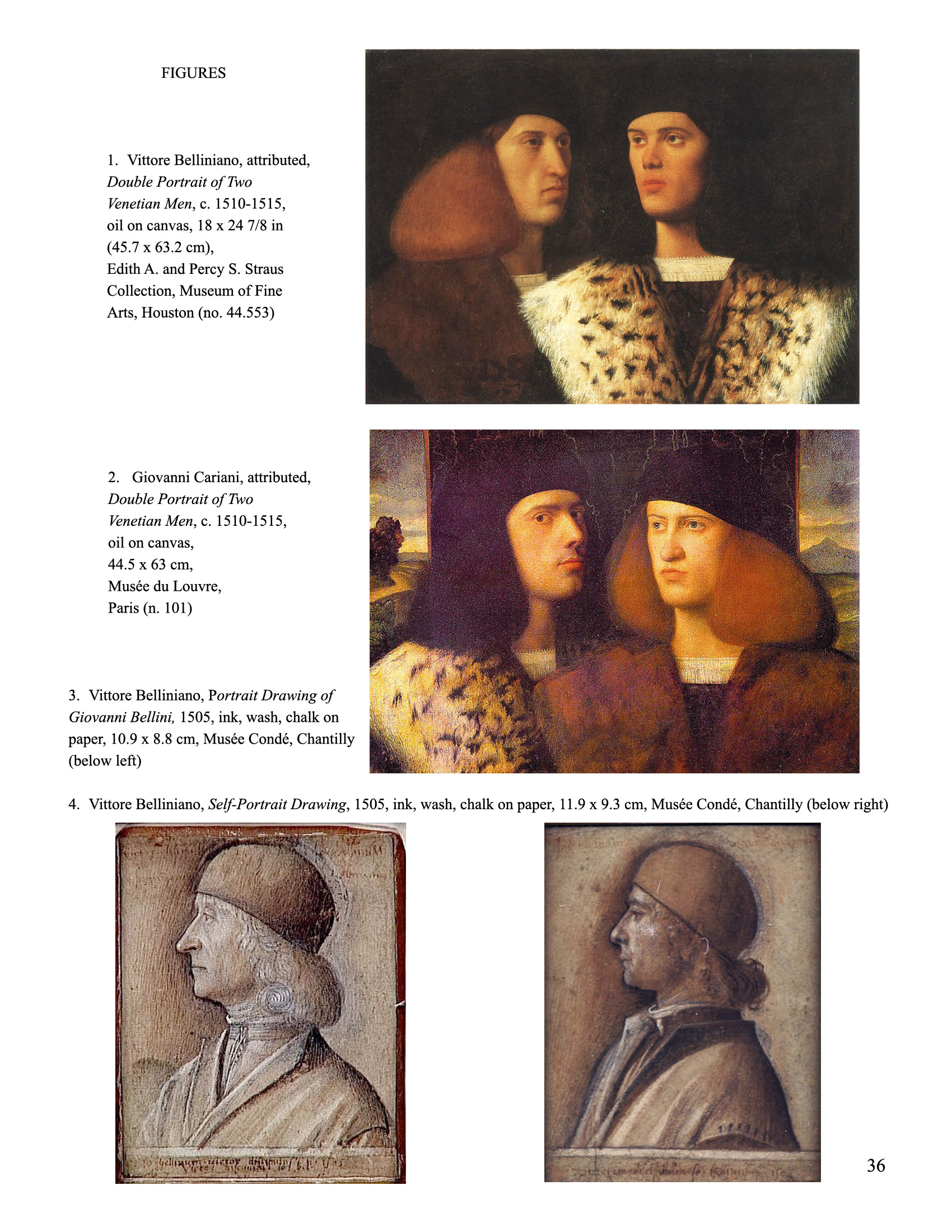
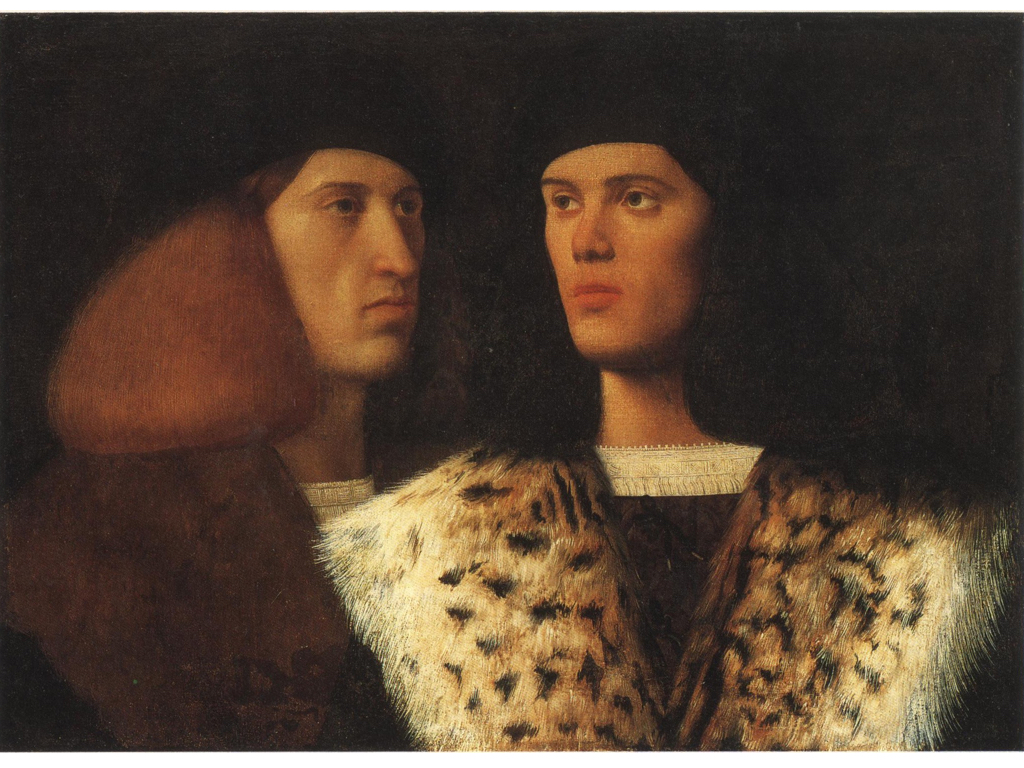
And the story blossomed again with stunning new research on the part of several scholars, leading to my recent paper, Beloved Disciple: Vittore Belliniano and Giovanni Bellini, which explores the possibility that the exalted Venetian Renaissance painter and his head of studio were lovers.
Another fork in the path occurred after I had taught art history for several years at the museum school, painted my most exquisite mural in a private bathroom, and become a single mother of two boys. I thought there are just too many people all around us here—I needed to find the ocean! Not the Gulf of Mexico, the Pacific Ocean. And Northern California to be specific, because friends told me “Your kind of people live there.”
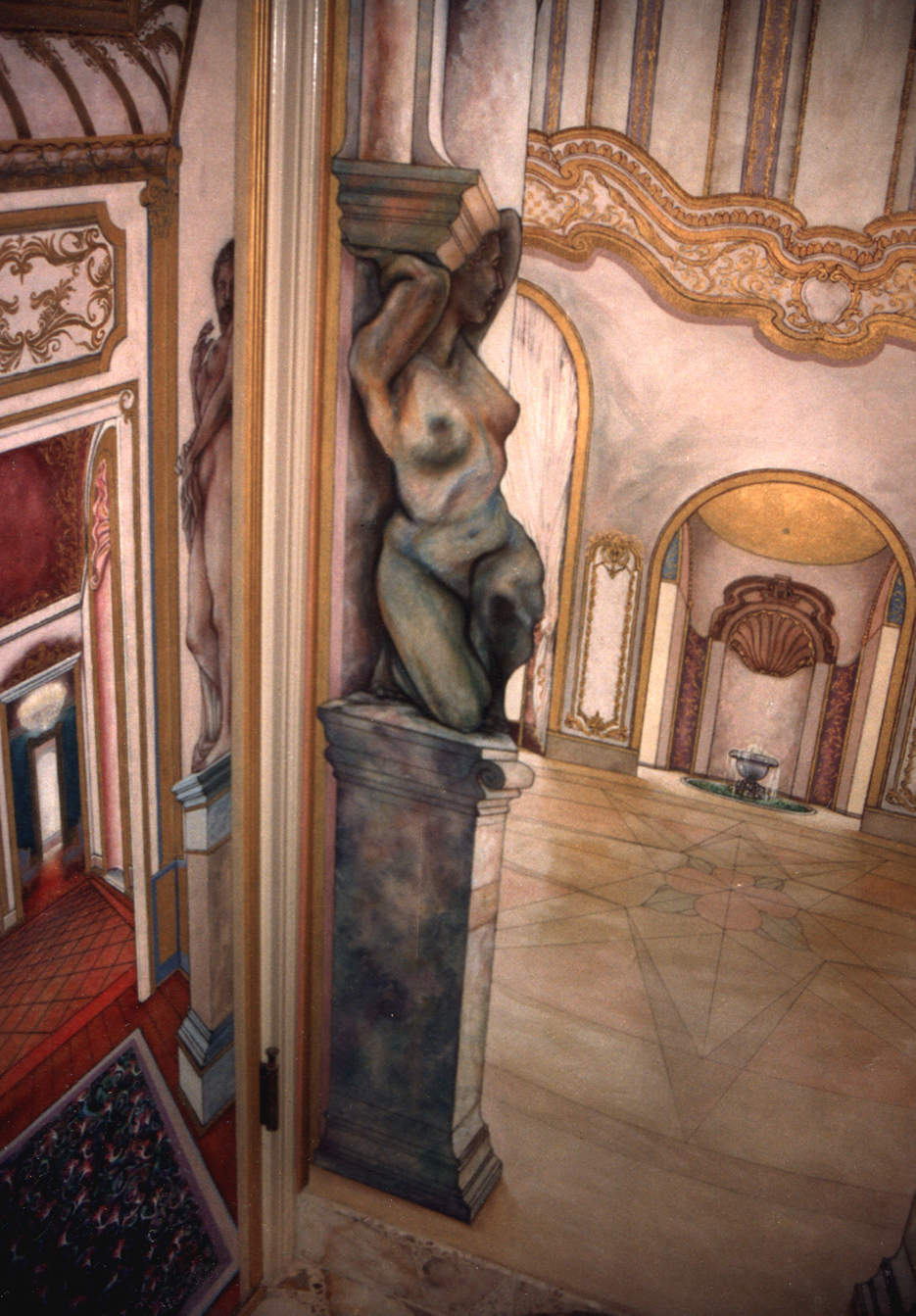
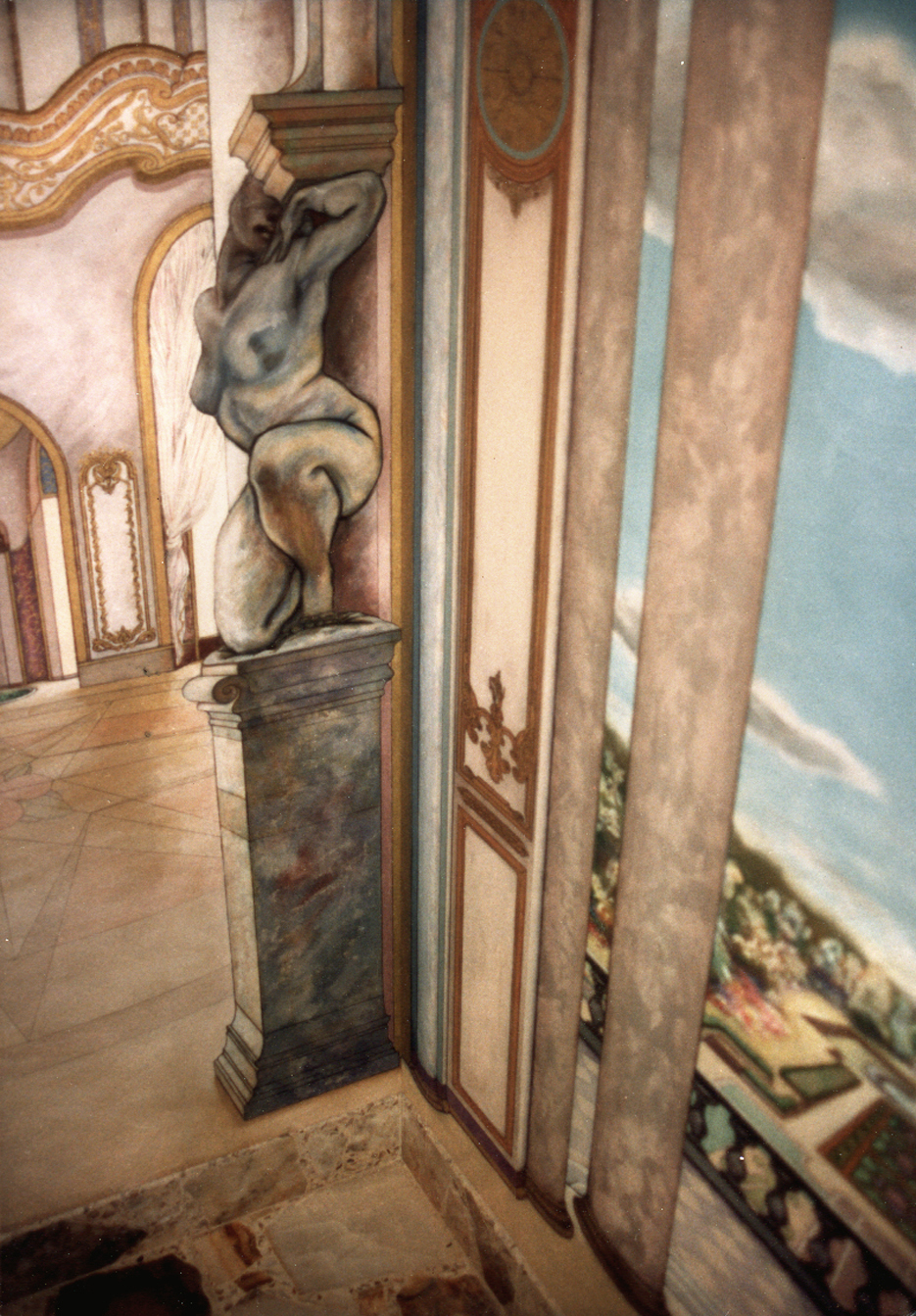

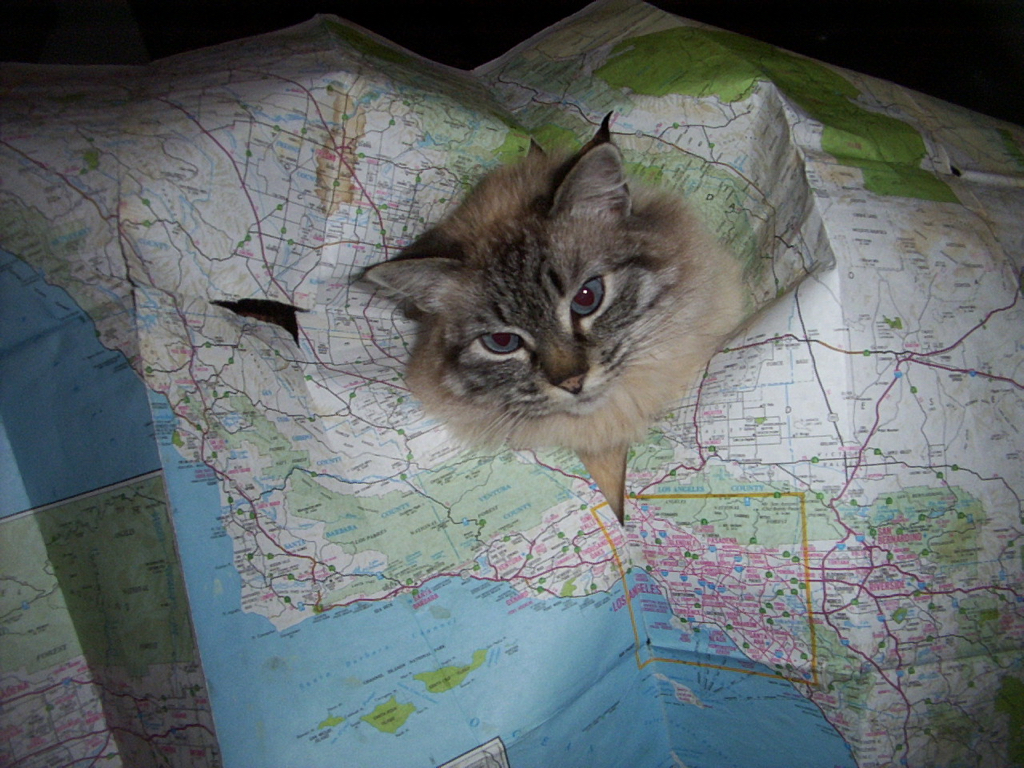

The boys and I left in a school bus outfitted with beds and a wood stove. We traced a giant S across the nation and when it was impossible to go further, we found Point Arena located with its lighthouse on a jutting tip of land WEST of the San Andreas fault.



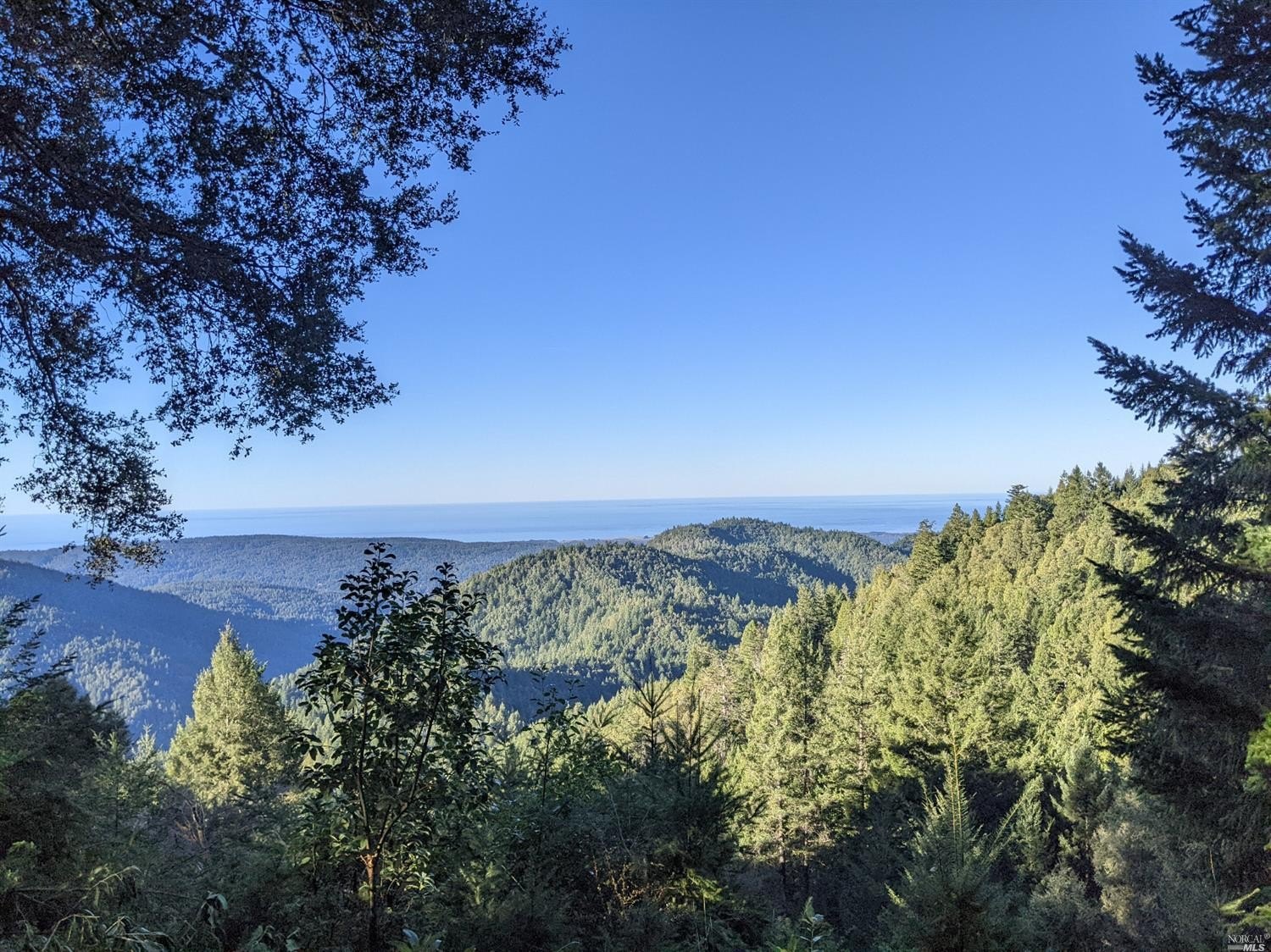
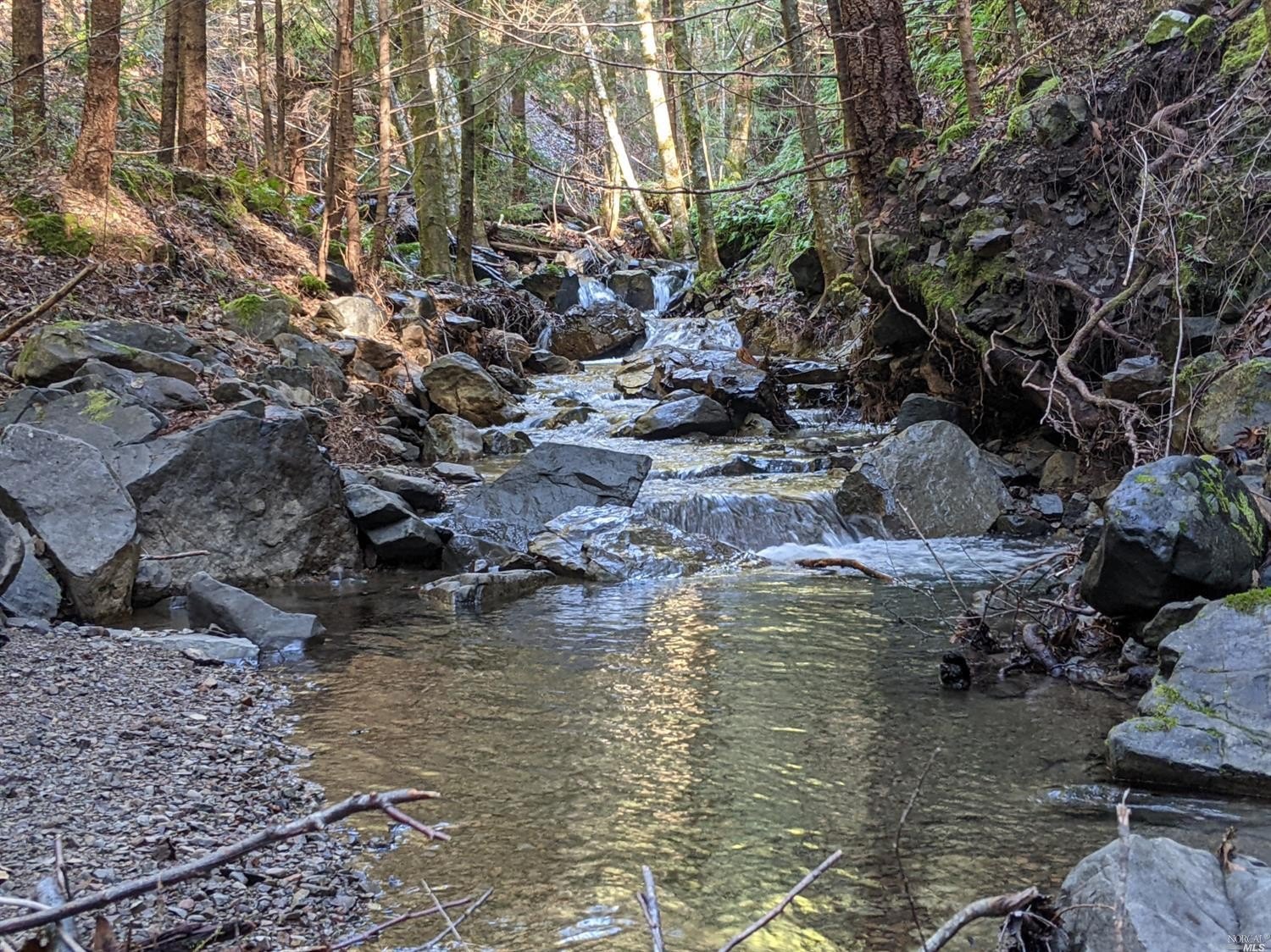
America has several hinterlands, and this is the hinterland of topography, of communities living in the modern era but isolated and tiny. This is the other California, where populations are dwarfed by the ridged landscape and pounding ocean.
This is exactly what I was looking for, except I forgot that it was going to be impossible to get my PhD.
The consolation prize was my life in politics as City Council member and then Mayor of one of only four incorporated cities in Mendocino County.
Point Arena is the seventh tiniest city in California, which meant the city staff was small and overworked, and our jobs as elected officials were large and unending. On top of legislative activity, we also had the tasks of employee hiring, evaluating, and firing. My university education did not cover employment law, human resources, urban planning and California’s groundbreaking environmental regulation, but professional development for this new position soon would. It helped to have an eye for detail. It didn’t help to earn only $100 a month.
My boys and I lived in our bus in the fragrant manzanita forest for a year and when we moved to town I supported us with art and rent.
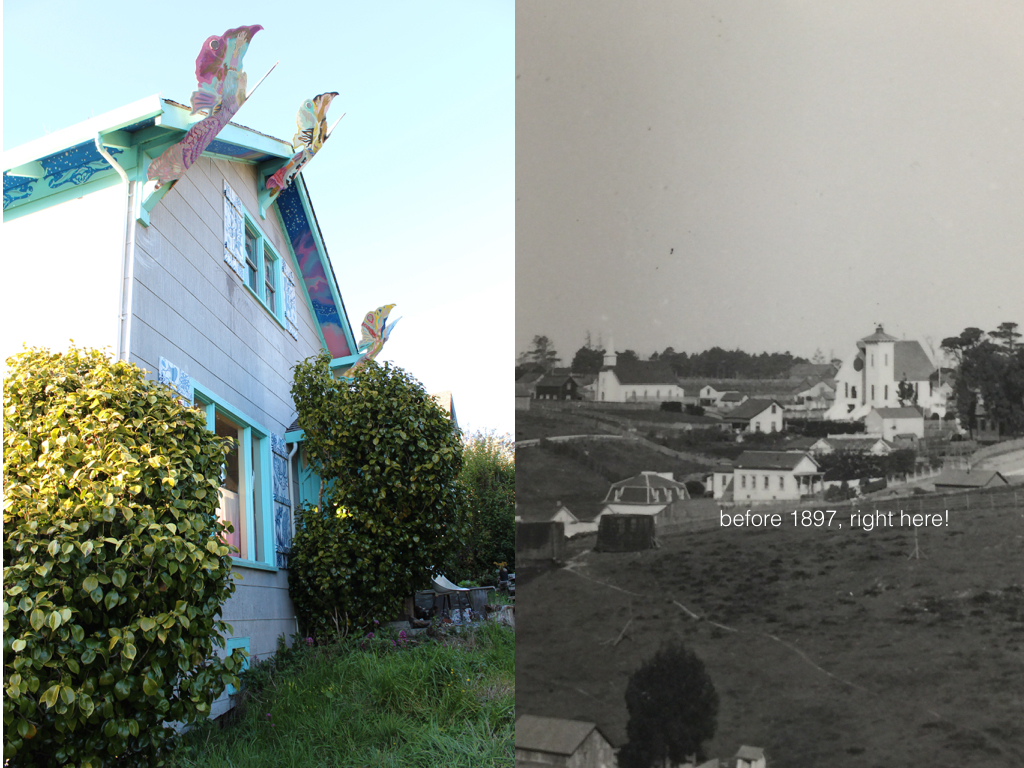
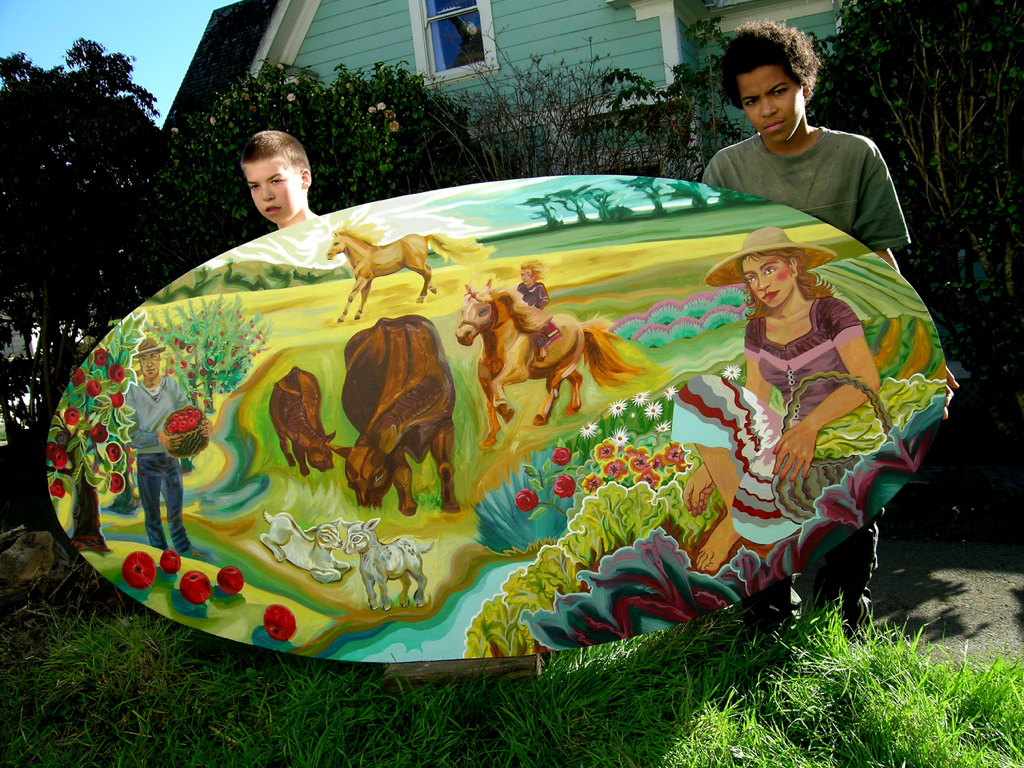

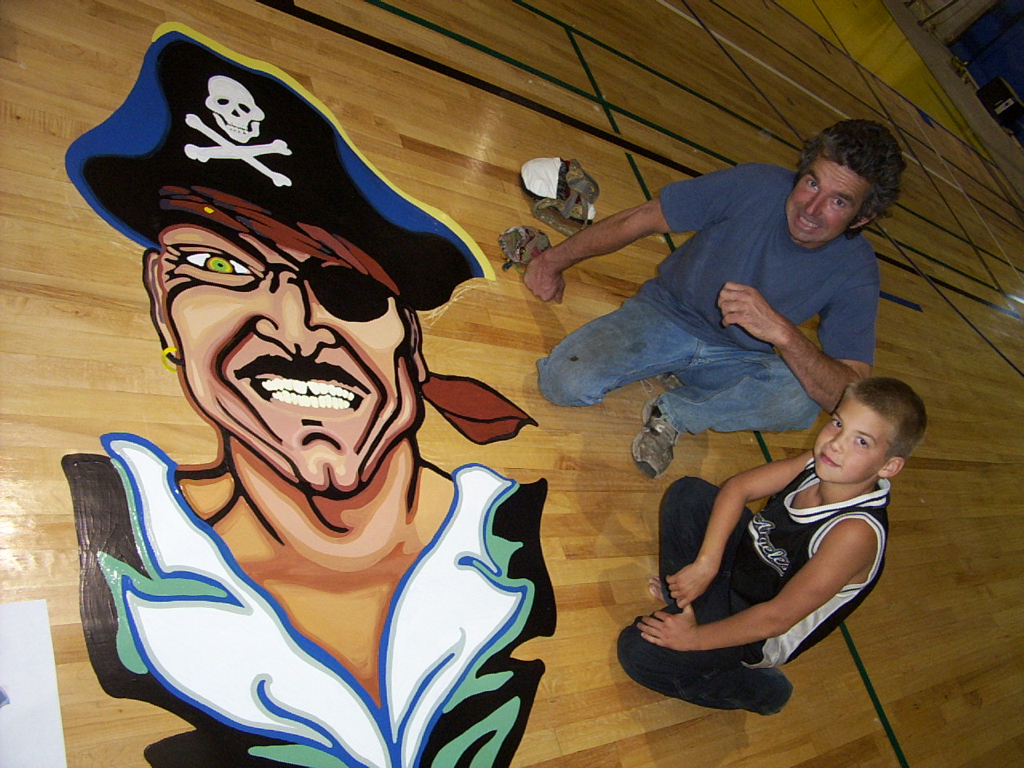

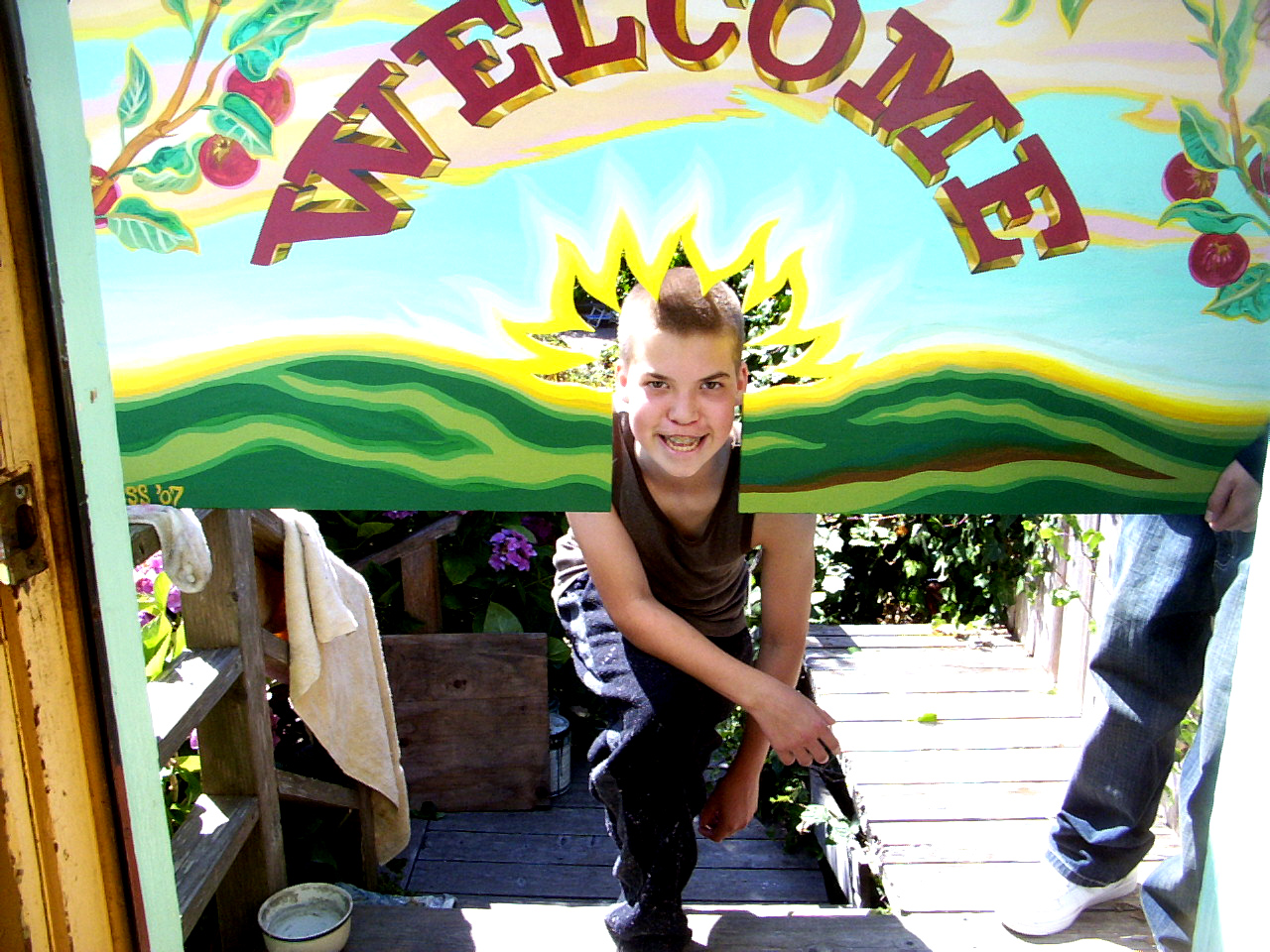
I took jobs ranging from dog portraiture to tombstone design, from wedding dresses to sewing a life-size brocade torso complete with all female reproductive parts for a doctor. I created the Velvet Vulva line of purses for the lesbian, feminist and enlightened market. I painted curbs and hemmed pants. Business signs and design services were a mainstay. I picked blackberries, ate wild mustard greens, baked my own bread, and gleaned apples from the ground. We took in a parade of roommates to make ends meet. My house was teeming with the boys and their friends, and was full of books and paintings.
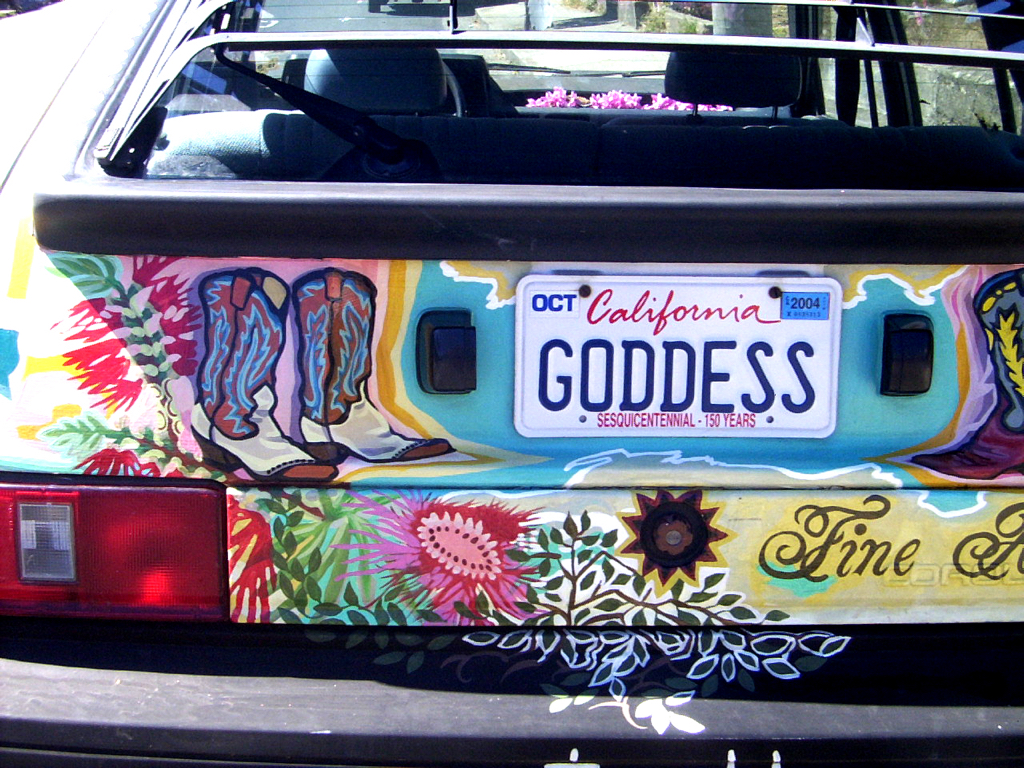
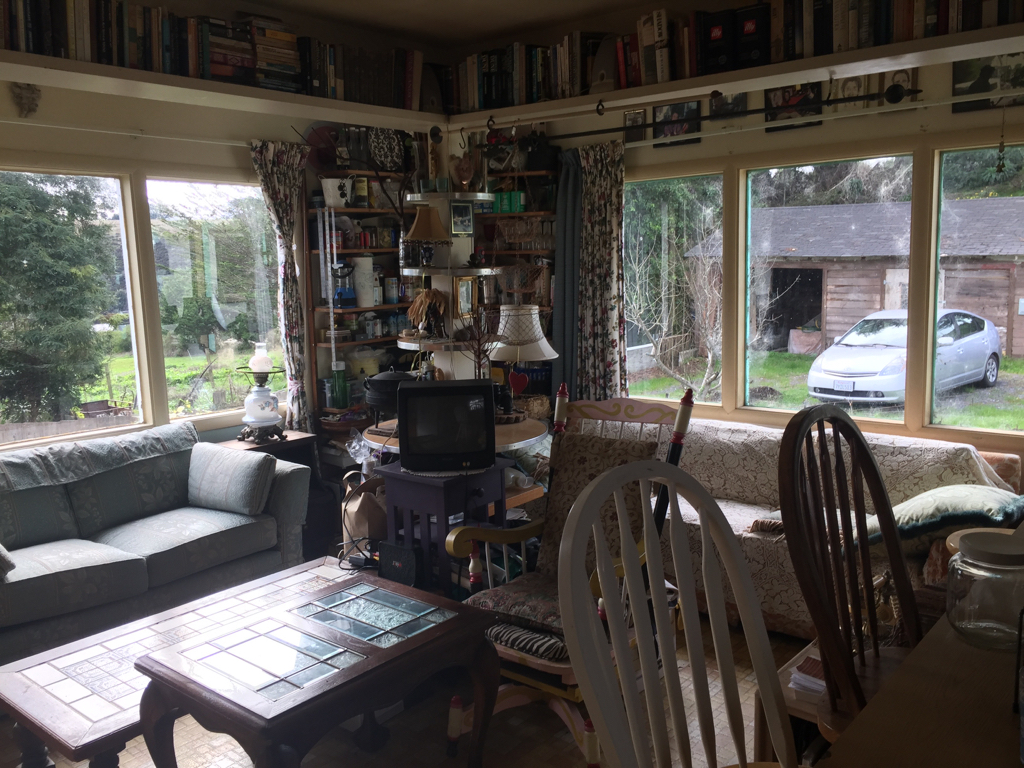
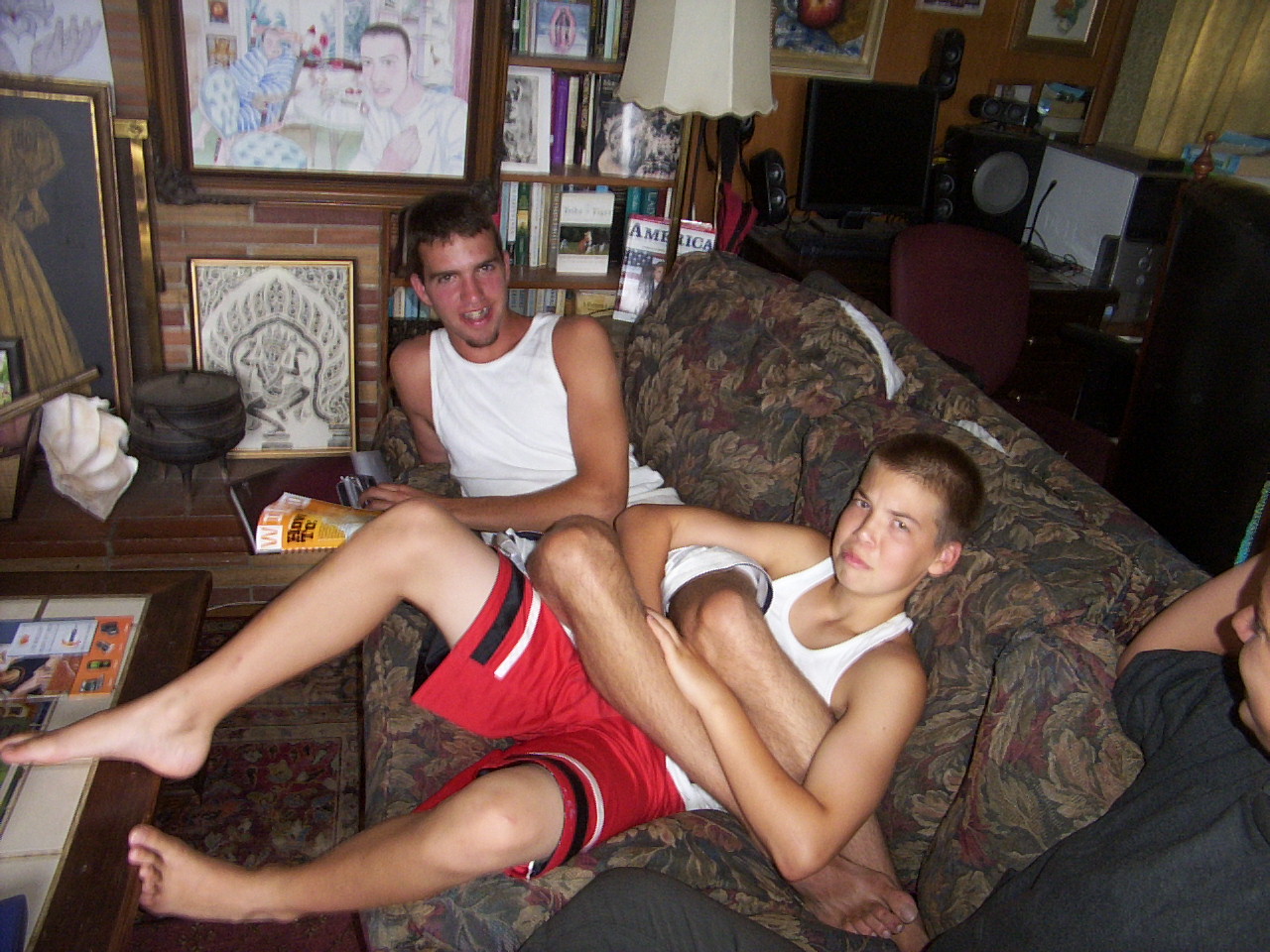
Recently my son who learned Mandarin and now lives in Taiwan paid me a compliment. He said, “Mom, I never knew we were poor.” And of course, in real terms, we weren’t.
All of these experiences have caused me to reflect on the ultimate purpose of the historian.
Art history is a jeweled necklace, a string of masterpieces threaded on inspiration from around the world. Yet art was made by, for, and about real people who led complex lives.
A man who loved men and didn’t have wealth or a noble patron in 15th-century Venice could be burned alive in the Piazza San Marco. Ghosts walk in those grand cities and on the quiet streets of my own town. Forced servitude, kidnappings and massacres took place across California, including multiple occurrences here in Mendocino County. During the 1850s, the new state government’s official position was denial of rights and extermination was seen as inevitable.
- Depravity haunts exaltation, and the sacred charge of the historian is to give voice to the fallen, to shine light on the common and hidden, as well as the great.
As a Renaissance painting mutely accomplishes merely by surviving, the historian keeps a subject alive with his published words, and the muralist with her imagery. I love the motto of Yale University: Lux et Veritas. Light and Truth – with one we find the other.
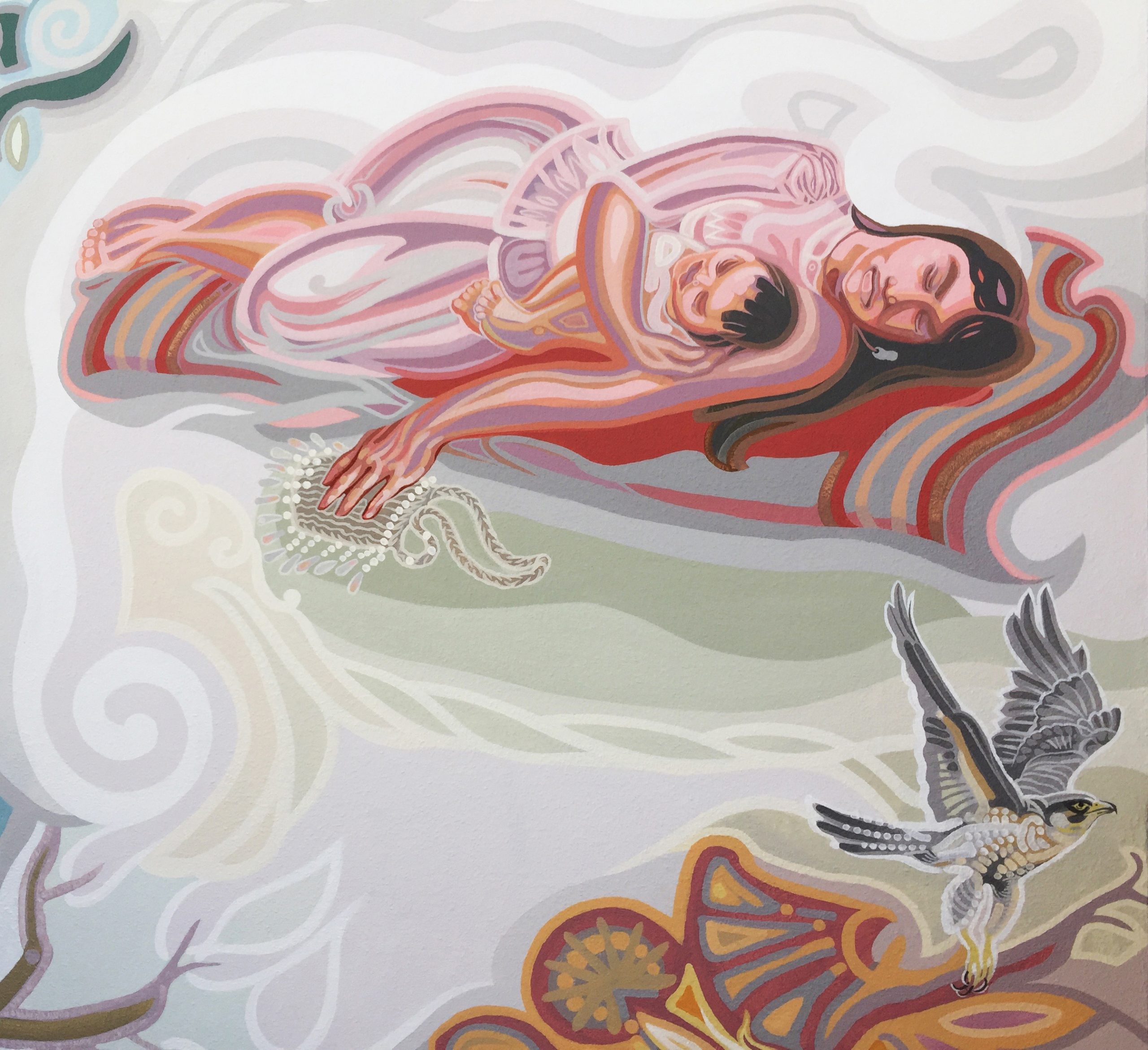
The Native mother and child tell part of this story using the contrast between beautiful imagery and tragic subject matter. See more here about the truth panel.
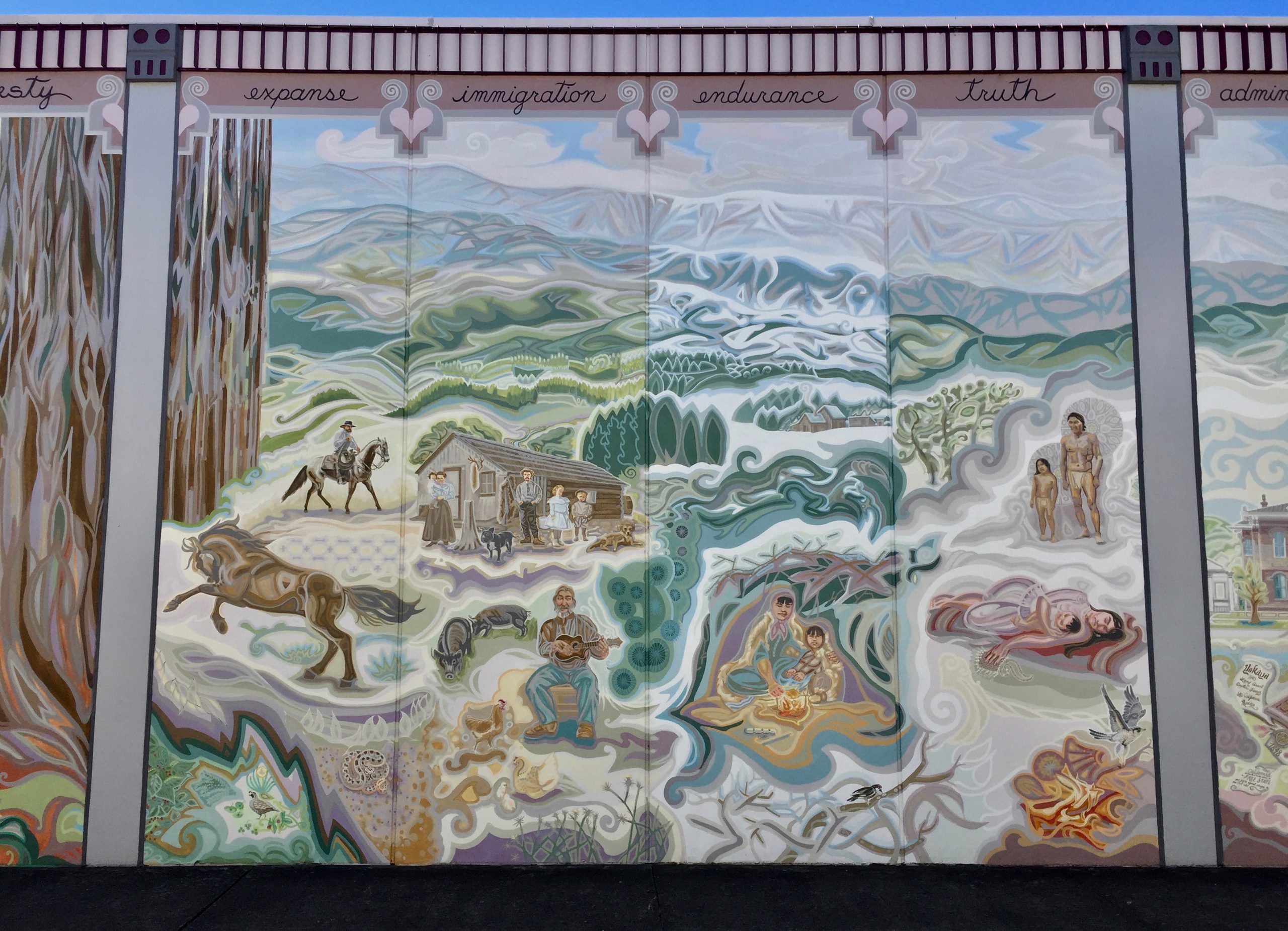
The huge historical narrative mural on the north wall of the Ukiah Valley Conference Center, is the result of these threads interweaving. I can use all those hours of life drawing, all of that house painting, all my knowledge of narrative art through the centuries, and all my experience working with the public in administration. This is a public work for everyone and about everyone. It contains over two-hundred portraits and tells many stories of people who live here now. People can see why this art has meaning. They understand the argument I once presented to a dear friend over dinner:
“You will be fascinated,” he was informed, looking doubtful as he questioned art history and the importance of such things. “History is to humanity as memory is to the individual,” I said. We are each of us walking backwards into the future. “Would you want to do that with your eyes shut?” My companion smiled, saw it was true, and ordered champagne, since he was about to hear what had been revealed by a Venetian inventory from 1569.*
*That the great collection of Gabriele Vendramin included a little box portrait of Giovanni Bellini with the portrait of Vittore, his disciple, on its cover. (below)
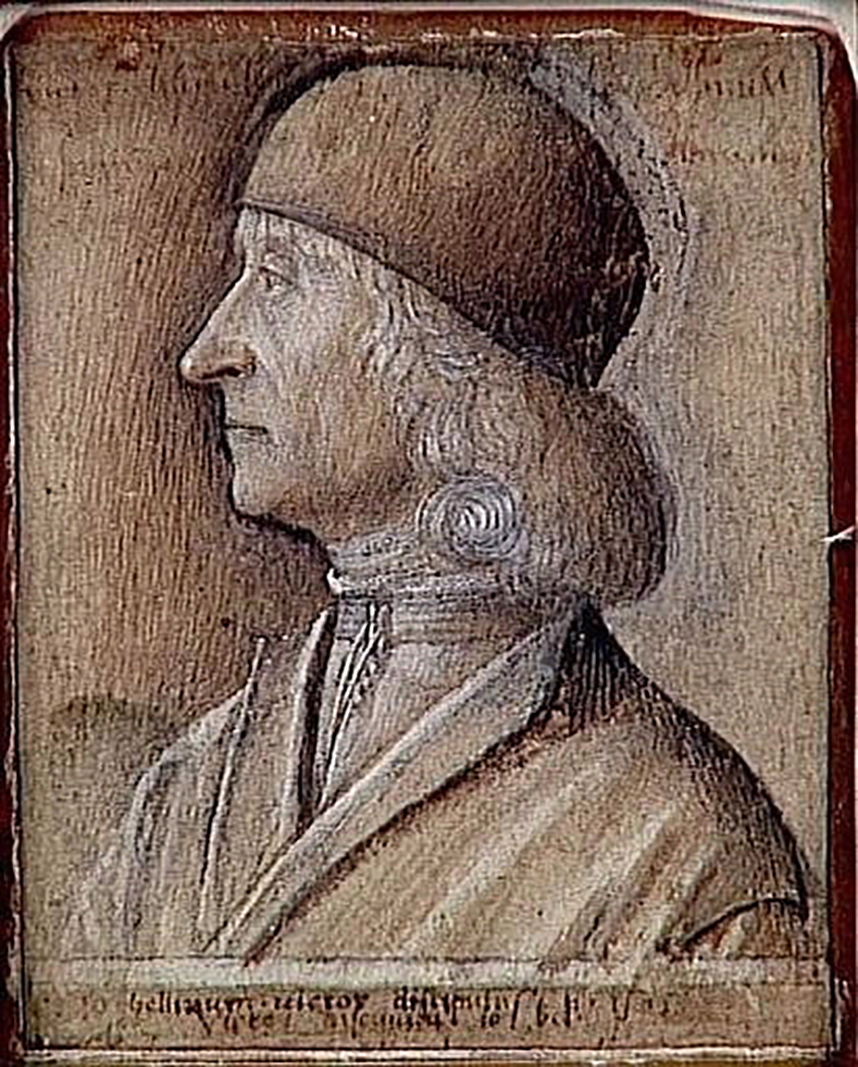
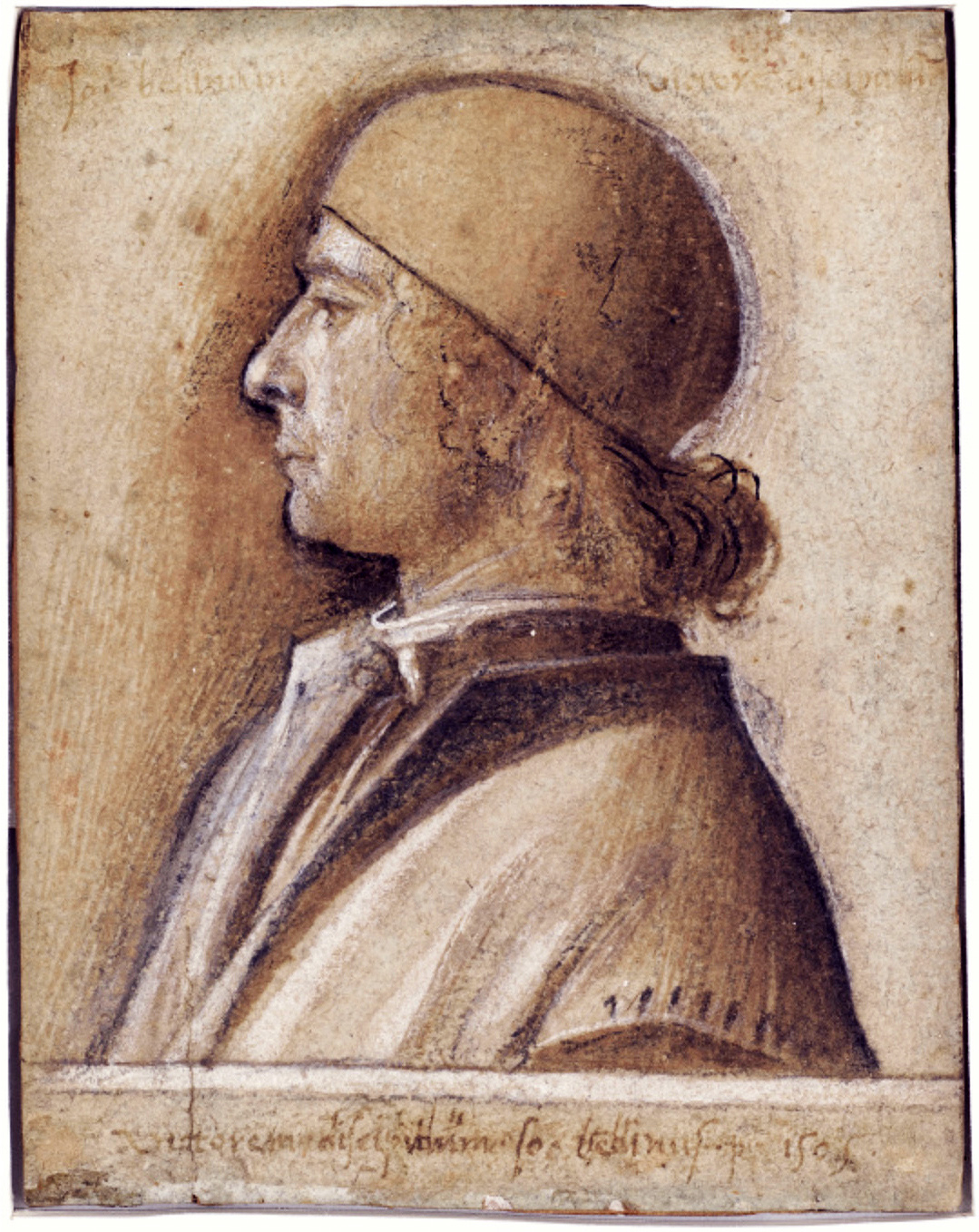
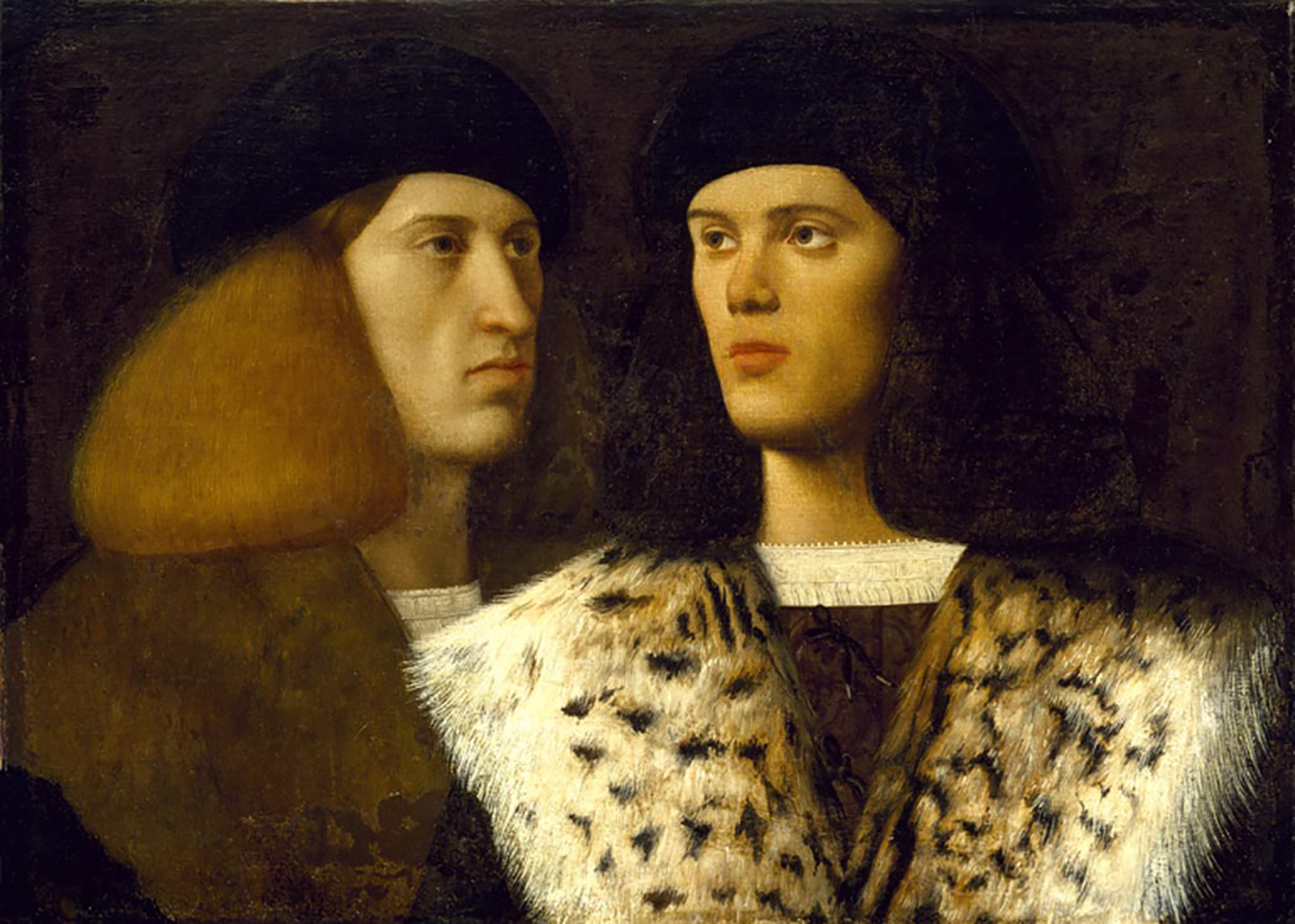
Double Portrait by Vittore Belliniano, 1510 – 1515, Museum of Fine Arts, Houston TX.
Lauren Sinnott BA, BFA, MA
Sole proprietor, Artgoddess Fine Art & Design
PO Box 921/ 310 Main Street, Point Arena, CA 95468
www.historymural.com (you are here)
“A Working Artist’s Life and How One Magic Intersection Birthed a Living History Mural” – NARRATED SLIDESHOW: